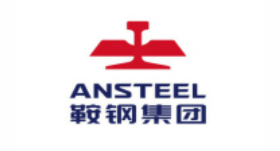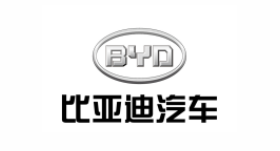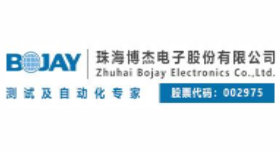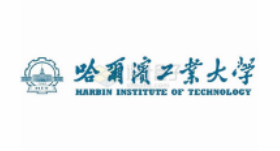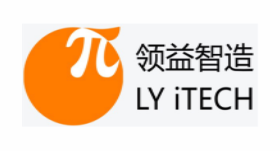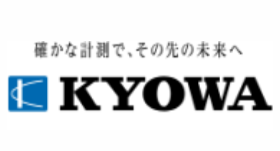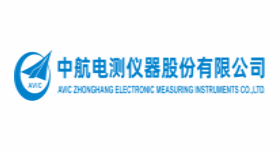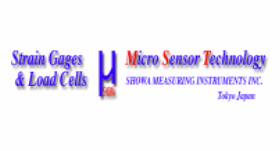Inductive sensor is composed of iron core and coil to convert the change of linear or angular displacement into the change of inductance of the coil sensor, also known as inductive displacement sensor. The number of coil turns and material permeability of the sensor are fixed, and the change of inductance is caused by the change of geometric size of the coil magnetic circuit caused by the displacement input. When the coil is connected to the measuring circuit and the excitation power is switched on, the voltage or current output is proportional to the displacement input.
sensor
Inductive sensors are characterized by:
① No active contact, high reliability, long life;
② High resolution;
③ High sensitivity;
④ High linearity and good repeatability;
⑤ Wide measuring range (low resolution when measuring range is large);
⑥ There is zero output voltage when there is no input, causing measurement error;
⑦ High requirements for frequency and amplitude stability of excitation power supply;
⑧ Not suitable for high frequency dynamic measurement.
Inductive sensors are mainly used for displacement measurement and the measurement of mechanical quantities that can be converted into displacement changes (such as force, tension, pressure, pressure difference, acceleration, vibration, strain, flow, thickness, liquid level, specific gravity, torque, etc.). Commonly used inductance sensors have variable gap type, variable area type and screw tube insert type. In practical applications, these three sensors are made of differential in order to improve linearity and reduce the additional error caused by electromagnetic suction.



